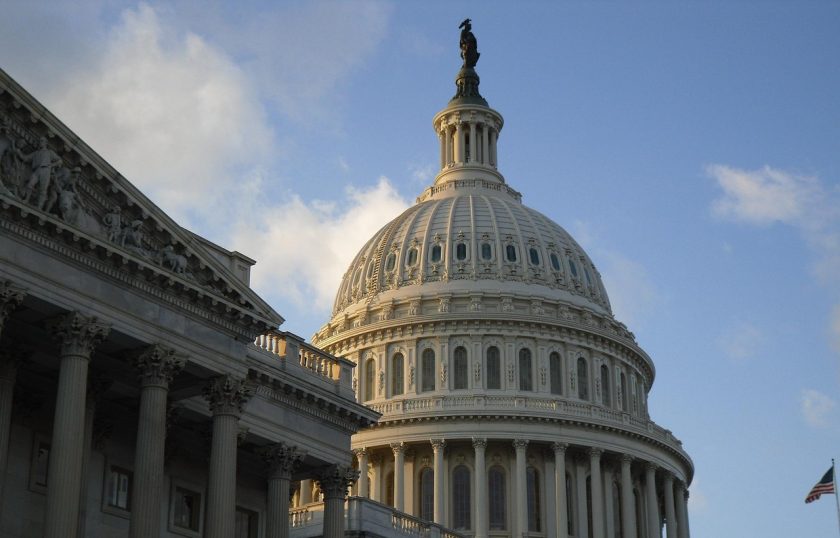Representatives Jen Kiggans and Brad Finstad have introduced the Local Innovation for Flight Technologies (LIFT) Act, with a view to removing what they say are “bureaucratic hurdles” on the US’ developing commercial drone industry.
The LIFT Act would see the Federal Aviation Administration use artificial intelligence to help process waiver applications for beyond visual line of sight (BVLOS) operations. The bill, if passed, would also require a review of current aviation standards to include uncrewed aircraft. This would include establishing a set of performance and safety standards for BVLOS flights.
The introduction of the LIFT Act comes as drone operators await new ruling from the FAA on BVLOS operations. In early June, US President Donald Trump signed an executive order to progress drone use. “Within 30 days of the date of this order, the Secretary of Transportation, acting through the Administrator of the FAA, shall issue a proposed rule enabling routine BVLOS operations for UAS for commercial and public safety purposes,” the order stated.
But this proposed rule is yet to be issued and Kiggans hopes the introduction of the LIFT Act will put pressure on the Department of Transportation to do so without further delay.
In addition to serving as a motivator and reminder of the June executive order, the LIFT Act also calls for drone programme grants for state and local governments.
For more information
See also Unmanned Airspace’s commentary on the FAA’s task list




